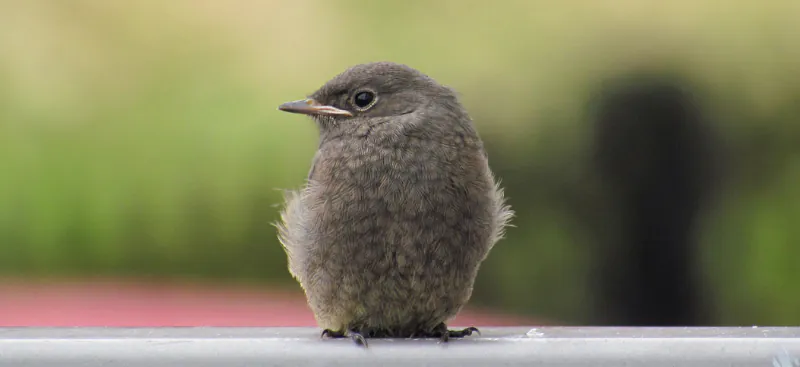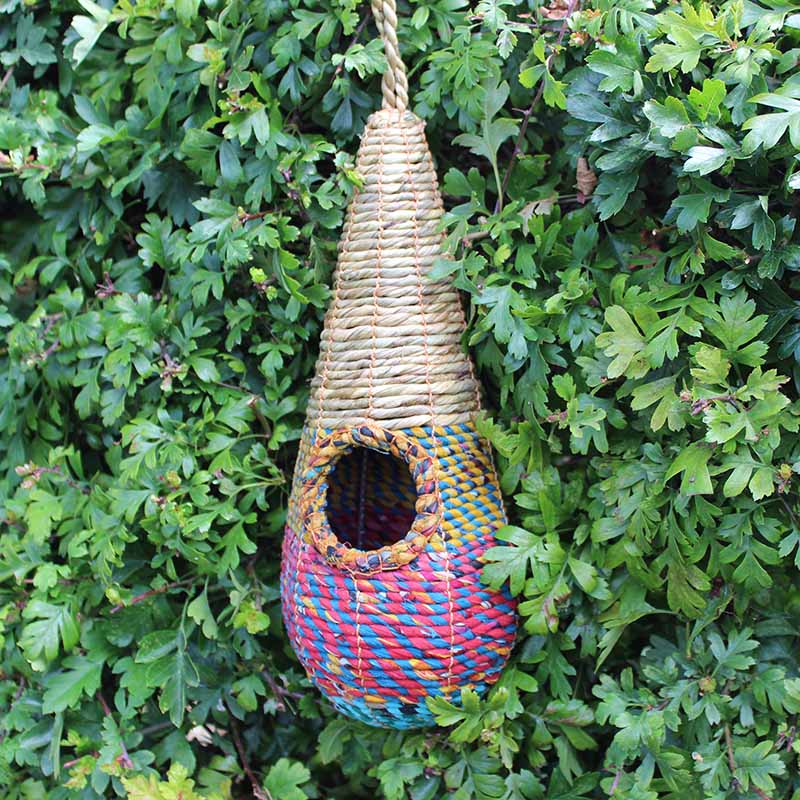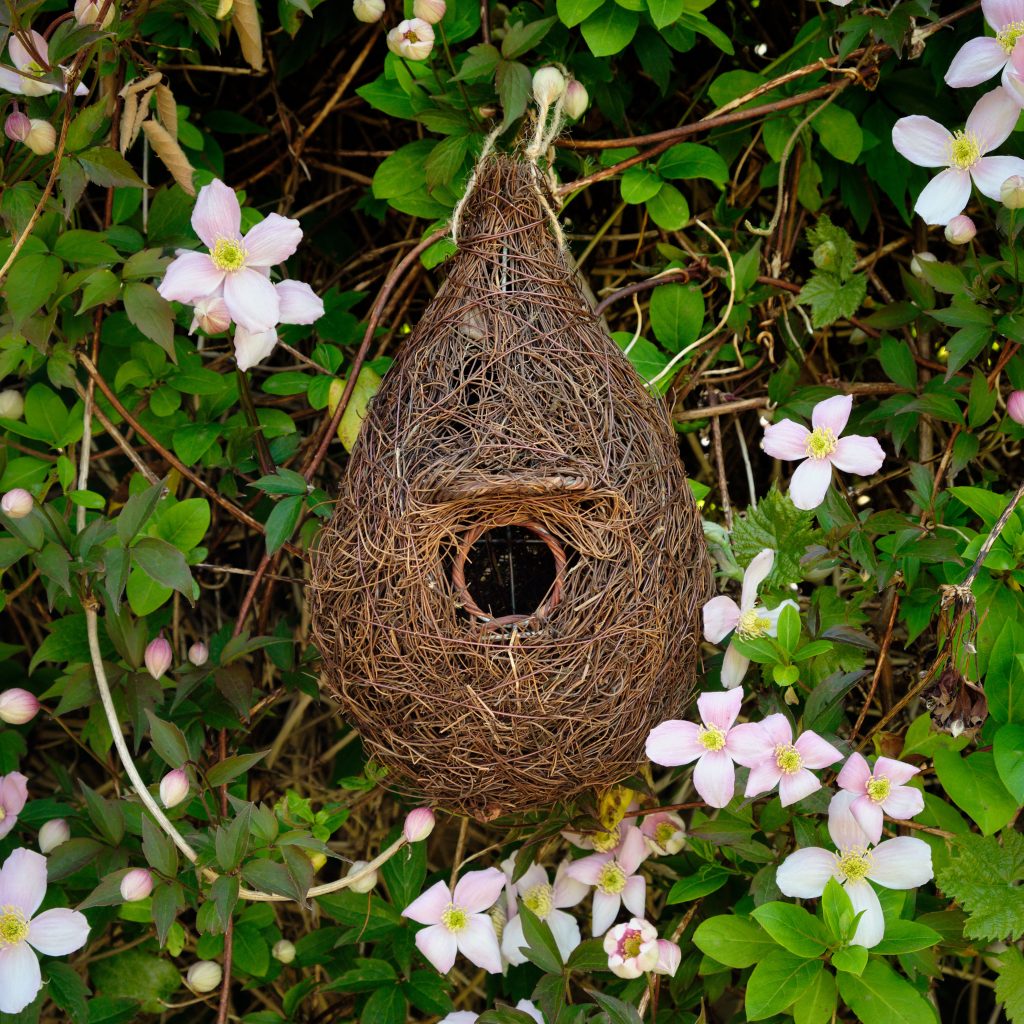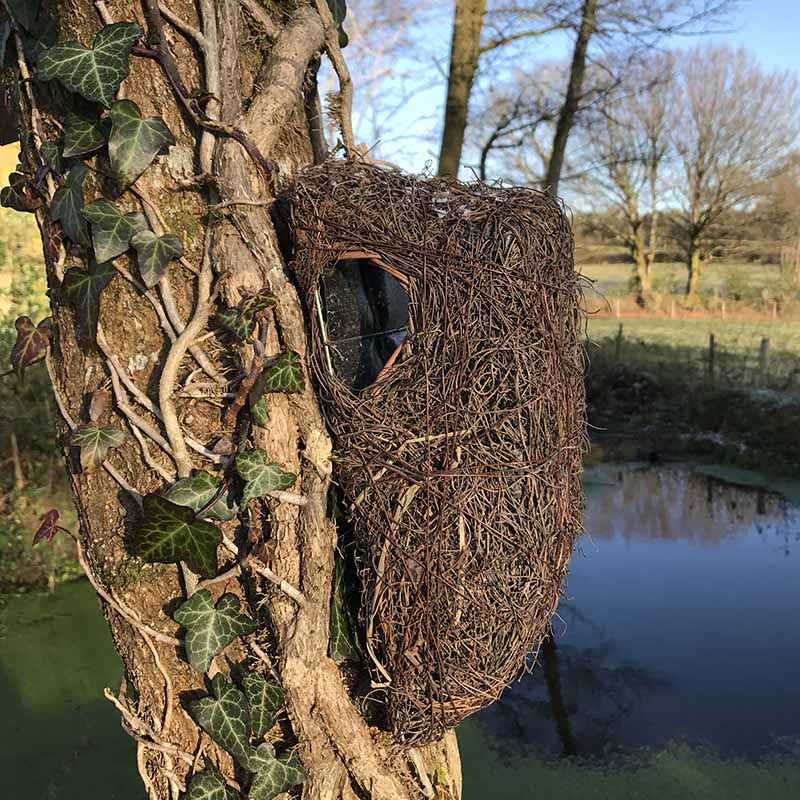Get Ready for Fledgling Season!
When spring draws to a close and summer approaches, many birds enter the last stage of the nesting season...fledglings leave the nest! Parent birds who worked all spring to build nests, protect their territory, lay the eggs, and feed the nestlings, have now reached their final hurdle. Baby birds have fully formed into fledglings, and it's time for them to venture out into the big wide world. With more mouths to feed and birds to care for, here are some top tips on how to help them in the upcoming months as we get ready for fledgling season!
What does fledgling mean in birds?
A fledgling (also known as a juvenile) is a young bird that has just outgrown its nestling stage and is ready to leave the nest. They can move around without any assistance and have grown most (if not all) of their first feathers. Though a fledgling has not developed the ability to fly, they can still walk, hop and perch on branches. Once the fledgling has left the nest, it will still stay close to its parents, who will continue to feed the juvenile and teach it how to survive in the wild.
What food to feed a fledgling bird
Whether you're a regular bird feeder or new to the sport, offering bird food when fledglings come out to play is a very exciting time. With more mouths to feed, your garden will be full of the hustle and bustle of colourful species.
Whilst it's a common misconception that small birds can’t judge the size of their meal and can choke on large pieces of food, it's always a good idea to minimise this risk entirely by offering out small seeds or suet products that can be pecked at.
Here are some of our recommendations for fledgling-friendly, springtime bird foods:
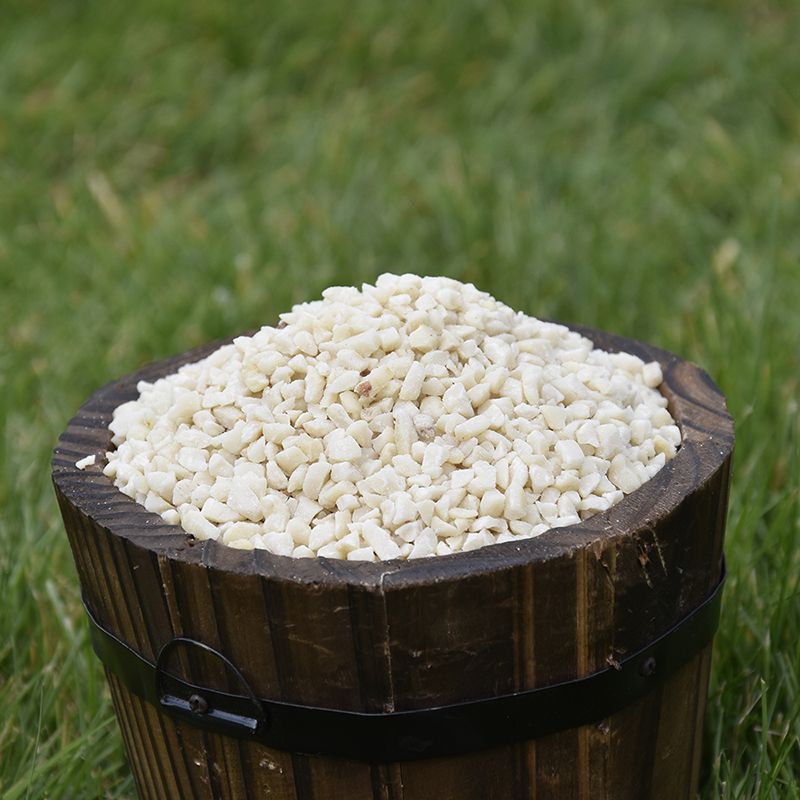
Feed fledglings Peanut Granules
Peanut granules are the perfect size for fledglings and other small garden birds. They can be offered on their own or are perfect for mixing with seed. As they won't grow or sprout, they're also ideal for sprinkling on the ground for young ground-feeding birds. They are aflatoxin-tested and a great source of fat and protein.
Note: the RSPB recommends avoiding whole peanuts during the fledgling season.
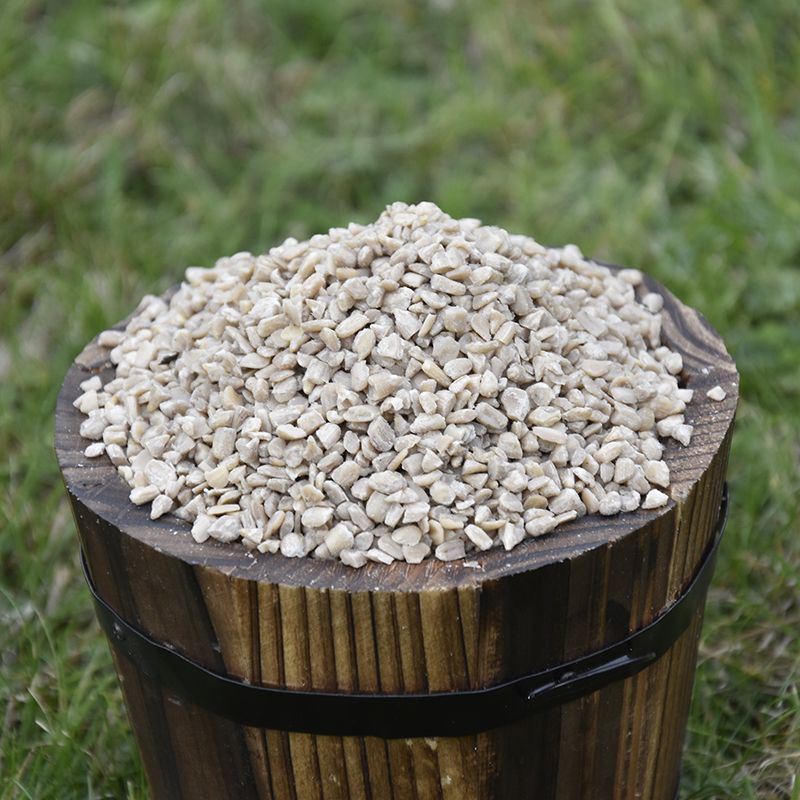
Feed fledglings Sunflower Heart Chips
A smaller alternative to whole sunflower hearts, these sunflower heart chips are packed with the same healthy nutrients as their whole counterparts. Fledglings and birds with small or soft beaks can break through and digest them easier, making them ideal for smaller birds.
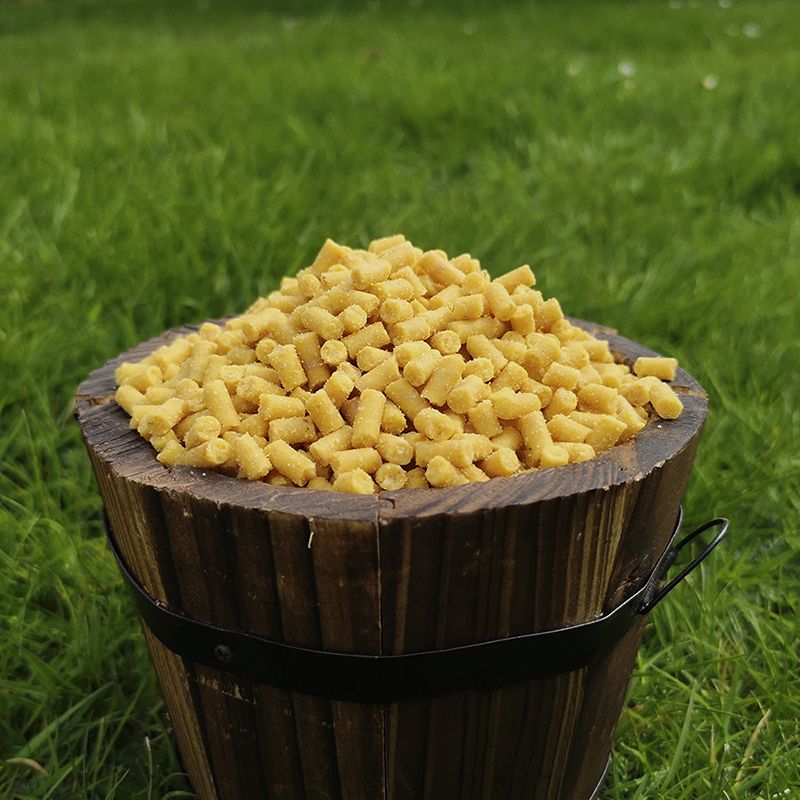
Feed fledglings Mini Suet Pellets
Our Mini Suet Pellets are designed especially with small birds and fledglings in mind. Our mini suet pellets are 3mm wide and, at most, 10mm long; roughly the size of a sunflower seed. They are small enough to flow through tubular seed feeders and tray feeders and are suitable to use straight on the ground or on bird tables. They're around 40% smaller than our regular sized pellets.
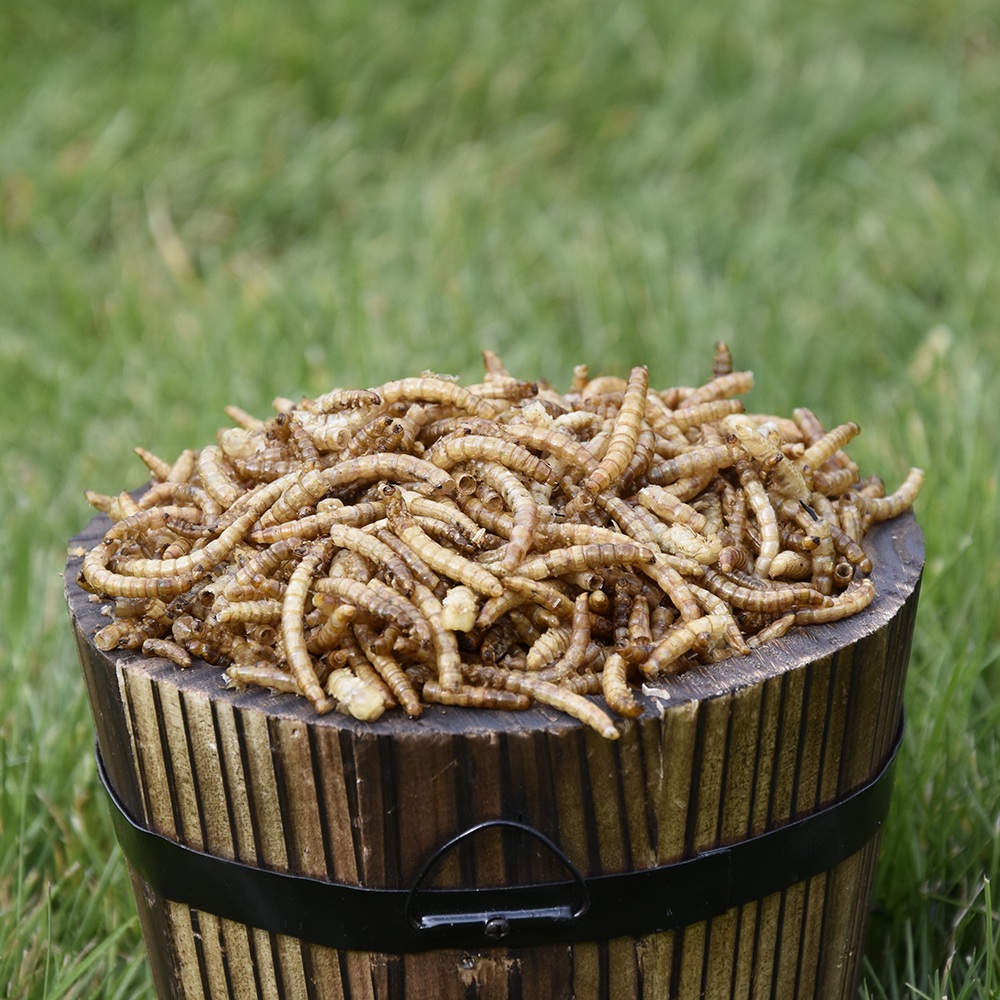
Feed fledglings Dried Mealworms
Dried mealworms are a fantastic feed for insectivorous wild birds such as Robins, Wrens, Tits, Blackbirds and Song Thrushes. Their high energy and protein levels make them ideal for fledgling birds who need all the energy they can get while growing and strengthening their tiny wings and bodies. None of these popular visitors to your garden will be able to resist a bowl of mealworms on the bird table.
Soak them in warm water for 30 minutes before you feed them to add extra moisture and hydration for your garden birds.
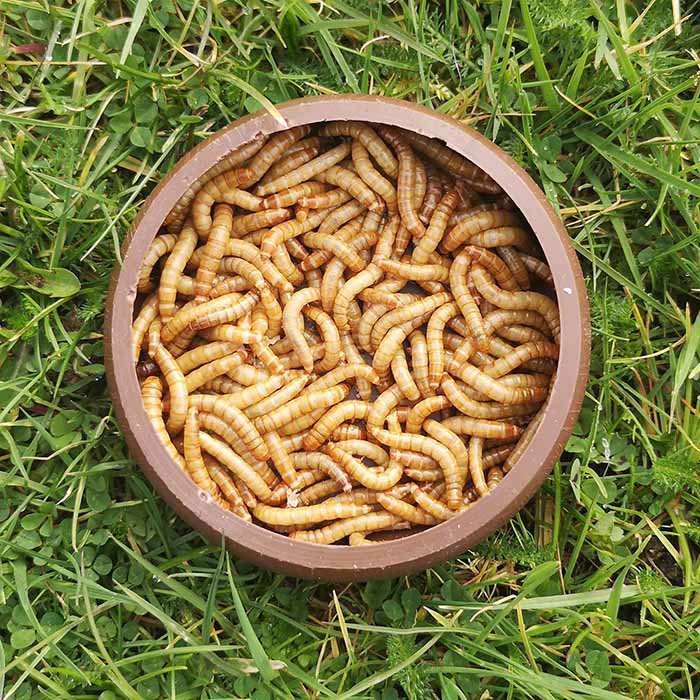
Feed fledglings Live Mealworms
A fantastic, natural source of wild bird food packed with an abundance of fat (40%) and protein (over 40%). Live worms are ideal for encouraging natural feeding behaviour in wild birds but especially for ground-feeding birds like Robins, Blackbirds, Chaffinches, Wagtails, and Thrushes.
How to tell the difference
Fledglings vs nestlings
A nestling is an actual baby bird that is too young to move around, which is why they'll spend all of this stage in the nest. You can tell a nestling apart from a fledgling by its feathers. Nestlings will have no or hardly any feathers, whereas juveniles will have their first full set come through. Even though they might not be able to fly yet, Fledglings are more capable of getting around by either hopping or walking and may even appear clumsy as they are still finding their feet. Nestlings won't be able to get around at all, and if it's very young, it may not have opened its eyes yet.
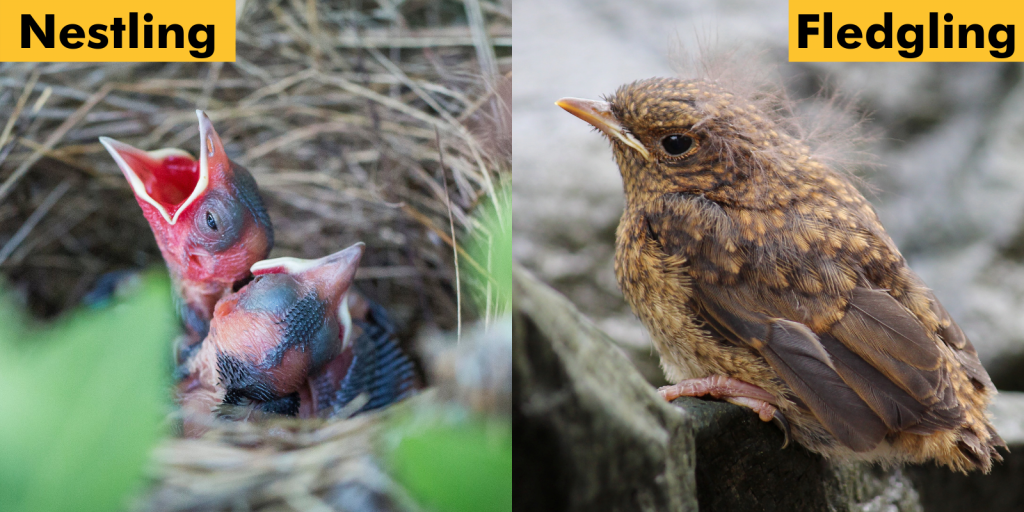
Fledglings vs adult birds
There are noticeable differences between a fledgling and its parents. The fledgling feathers are likely to be loose and soft, and their wings and tail look significantly shorter compared to adults. A fledgling bill can appear more brightly coloured and larger than the bill of an adult bird.
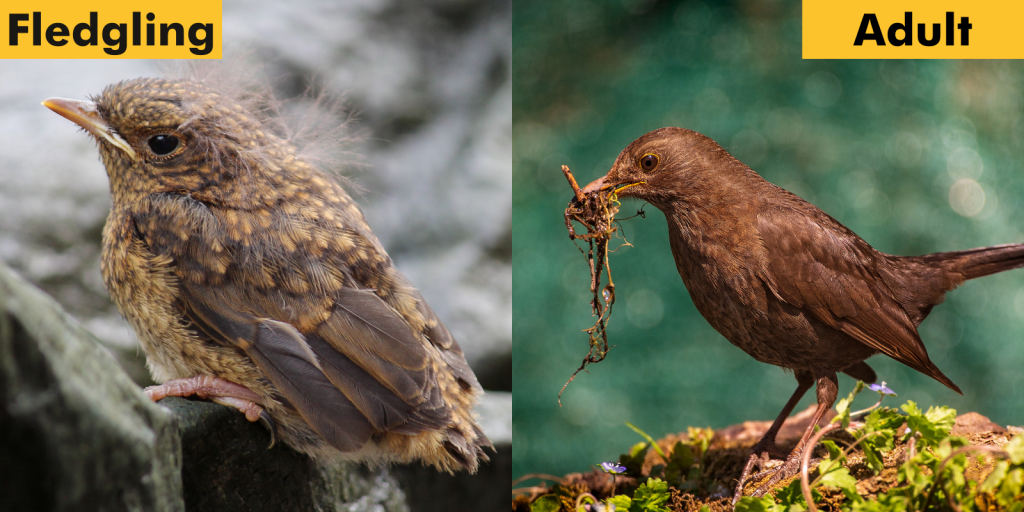
What to do if you find a baby bird?
By reading the above, you will be able to identify if a lone bird is a nestling, fledgling, or adult. If you have found an abandoned bird that is a fledgling, there is no need to be alarmed as this is entirely normal, and its parents are very likely to be nearby. If it's a nestling, then you may need to step in and offer assistance. Remember: nestlings are unfeathered and can barely get around, so if the bird does not meet these criteria, you should leave it alone.
Can I put a baby bird back in its nest?
If the nestling has obviously fallen from a nearby nest by accident, you may be able to put it back. The RSPCA says this should only be done if you are certain on which nest the chick came from, and the bird looks strong and healthy. There are occasions when parent birds become aware that something is wrong with their chick or it's dying. The parent will likely remove the sick bird from the nest so the parent can focus on caring for the other healthy nestlings.
If you cannot return the chick to its nest, it will rely on care from humans to survive and should be quickly handed over to expert rehabilitators. The RSPCA (England and Wales), SSPCA (Scotland) and USPCA (Northern Ireland), will offer advice on how to help injured wildlife. You can also find an independent rescue centre in your local areas by using Help Wildlife.
Can a fledgling survive on its own?
It's absolutely normal to see a fledgling bird on its own as its parents could be scouting for food or they're out of sight in a nearby tree or bush. However, if the fledgling is in a position of danger, you may need to intervene and move it to a safer place. If it's more than two hours since the parents have returned to the fledgling (whether you have moved it or not), you should contact a local wildlife rescue centre or vet.
Where do fledglings go overnight?
Depending on their roosting preferences, fledglings will spend the night in sheltered locations such as the crevices of trees or thick foliage to keep out of reach from predators and the harsh weather elements. It's very unlikely fledglings will return to the nest they hatched in, mainly because they have outgrown it! However, fledglings may roost near their first nest to be close to their parents. If you want to provide your garden fledglings with a safe place to sleep at night, we have a selection of nesters that your birds will enjoy roosting in.
How long does it take for fledglings to fly?
The time it takes for a fledgling to fly depends on the species, but the average time frame is 1–2 weeks. Most larger birds take longer to learn to fly than smaller birds. They'll be spending most of this time learning to fly on the ground. It's crucial to keep an eye on grounded fledglings and try to keep them out of danger, especially from predators like cats.

